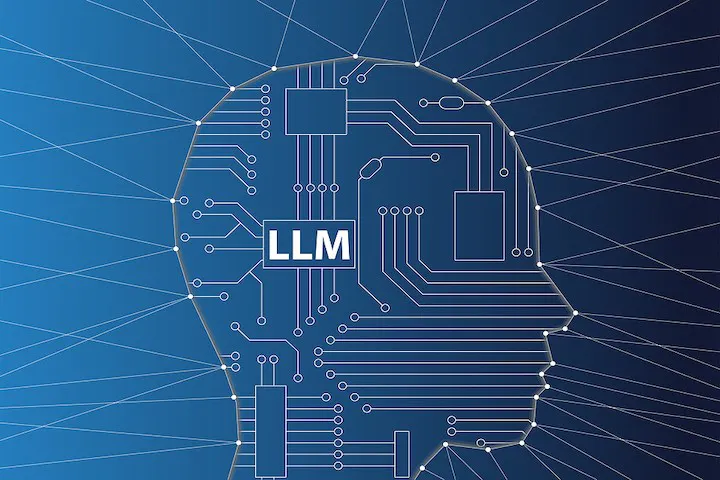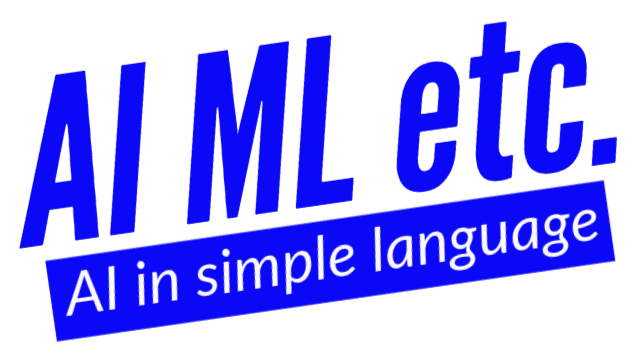Most up-to-date AI & Gen AI coaching for senior IT professionals
LLM Lingo – Terms to know before talking to LLM professionals

With ChatGPT, Large Language Models became the talk of the town. At the same time, there are many terms (LLM Lingo/ LLM Slangs) which become common.
However, this “LLM Lingo” can be overwhelming/ confusing for many non-AI professionals. This is an attempt to define and simplify these LLM terminologies so that we do not feel out of place when we talk to LLM professionals.
Here is the LLM Lingo/ LLM Slang to know before talking to LLM professionals
Large Language Model
Large Language Model aka LLM is an AI model trained on huge text data. For example – ChatGPT.
ChatGPT is the brand name whereas the actual product or technology is LLM.
OpenAI’s LLM is the GPT series, with the latest model being GPT4 and the most renowned model ChatGPT – GPT 3.5.
Learn more about LLMs – https://www.aimletc.com/free-course-introduction-to-large-language-models/
Foundational Models
Foundational models are your base LLMs designed to understand human instructions and generate text based on them.
The foundational models are no longer restricted to text but can also generate images, voices, etc.
Open Source LLMs
There are some proprietary LLMs like GPT4 from OpenAI and there are many open source LLMs as well. Huggingface is a good repository for accessing almost all of these models
Prompts
Human written instructions for LLMs.
Basically, the instructions that we write for ChatGPT to generate a response is a Prompt.
Prompt Engineering
Techniques to write better prompts.
Why do we need to write better prompts, you asked?
Because the quality of the input determines the quality of the output.
There are many techniques and frameworks to write better prompts.
Learn Prompt Engineering for free – https://www.aimletc.com/free-course-introduction-to-prompt-engineering/
ChatGPT4
There is no such thing as ChatGPT4.
ChatGPT, the famous AI tool for OpenAI is based on GPT3 and then OpenAI released its more advanced model GPT4
Also, GPT stands for Generative Pre-Trained Transformers
Tokens
Think of Tokens like a sub-word.
Normally, 4 tokens are equal to 3 words. ChatGPT was trained on 300 billion tokens
Context Length
It is the maximum number of tokens/ words an LLM model can take to generate a response.
Parameters
OpenAI’s model GPT-3, which is the base model for ChatGPT has 175 billion parameters.
In simple language, parameters are amount of things/ patterns an LLM learns during its training period
RAG (Retrieval Augmented Generation)
We all know that LLMs like ChatGPT have lots of world knowledge and it can generate responses based on that knowledge.
However, what if you want them to answer from your private or proprietary data? This data could be in PDF, YouTube videos, your website, Notion etc.
This can be done using RAG.
With RAG, an LLM will chat with your PDF and generate a response.
Learn more about RAG here – https://www.aimletc.com/free-course-retrieval-augmented-generation/
Vector Database
For an LLM to chat with your data, that data first needs to be converted into word embeddings.
These embeddings are then stored in a vector database.
Fine Tuning
With RAG, an LLM refers to your data, but what if you want the model to train on your data?
This can be done through fine-tuning of LLM.
In simple terms, fine-tuning is the partial training of an LLM after its base training on some specialized data.
With Fine-tuning, LLMs get more knowledge and can also change their behaviour.
Learn more about Fine-tuning here – https://www.aimletc.com/free-course-finetuning-large-language-models/
Hallucination
In real terms, hallucination means visualizing something that does not exist.
LLMs also hallucinate and sometimes generate wrong responses. LLM Hallucination is a major problem.
Some experts say, hallucination is an intrinsic nature of LLMs and should not be seen as a problem.
LLM Agents
LLMs became popular but they work in isolation and do not interact with other software applications or other LLMs.
What if we connect LLMs to other software like Google, Wikipedia or other specialized LLMs? They become more useful. They can use their reasoning ability, divide a complex task into smaller tasks and then perform those tasks.
These are known as LLM Agents.
Learn more about LLM Agents – https://www.aimletc.com/what-are-llm-agents-why-are-everyone-talking-about-them/
Featured Image Source



